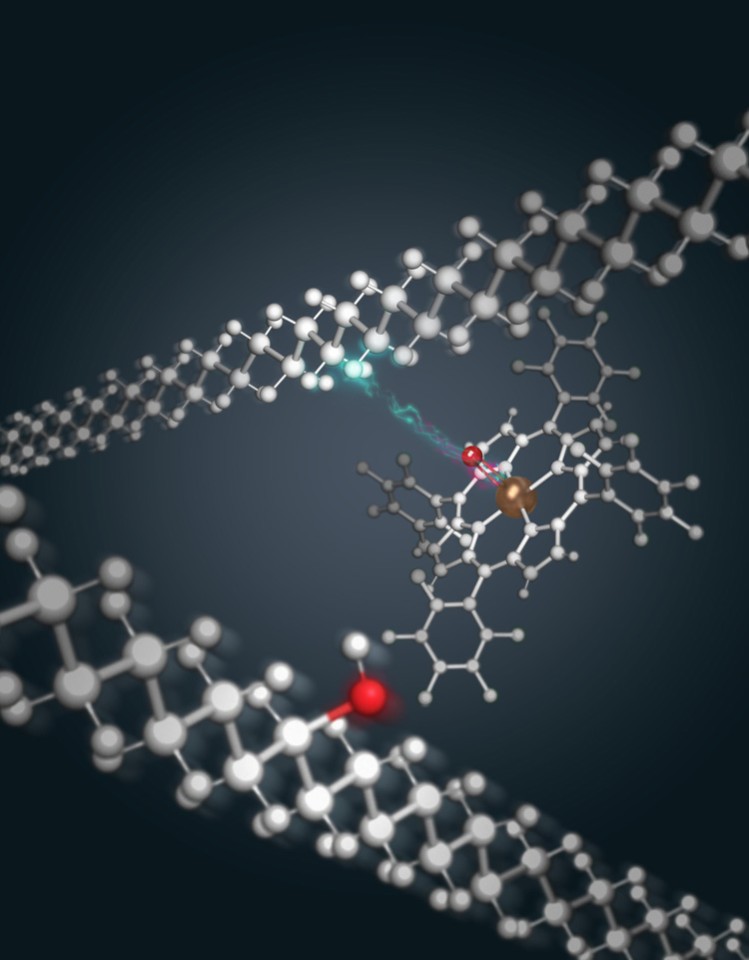A team at UC Berkeley has developed a process that turns plastic waste into something more valuable – an adhesive. Based on an engineered catalyst, the inspiration was to find ways to “upcycle” plastics by putting them to new uses while preserving the properties that made them attractive in the first place.
Plastic waste is one of the modern world’s biggest environmental concerns, but plastics are notoriously unattractive to recycling companies. Unlike corrugated cardboard, glass, or scrap metal, plastics are very difficult to reuse and doing so makes the end product less valuable than the original plastic – which isn’t very valuable to begin with.
Plastics have a whole range of properties that are very carefully engineered into them, such as pliability, uniformity, and the ability to be processed with ease. They are also made so that they are not easily affected by chemical reactions. As a result, recycled plastics, such as polyethylene, often end up as low-value construction materials that have lost many of the properties of the original substance, or they are reduced to make fuels and lubricants, which are also low-value, environmentally questionable and have a short lifetime.
Polyethylene is the most common plastic in use today, with over 100 million tonnes of it produced around the world each year. In its many variants, it’s widely used in packaging, trash and grocery bags, geomembranes, agricultural mulch, toys, and various kinds of housewares.

UC Berkeley/Liye Chen
John Hartwig, the Henry Rapoport Chair in Organic Chemistry at UC Berkeley, and his team have developed a process that recycles polyethylene while preserving many of its properties. By adding a hydroxyl group, which is an oxygen atom bound to a hydrogen atom to the polymer, the team is able to turn polyethylene into an adhesive that sticks to metal and can be painted with water-based latex – a capability that low-density polyethylene (LDPE) lacks.
This is achieved by means of a catalytic process, which required the development of an engineered catalyst, called polyfluorinated ruthenium porphyrin, that can operate at the high temperatures needed to melt the plastic while immersed in a nonpolar solvent. Adding a small amount of alcohol makes the resulting adhesive 20 times stickier.
Though the process still isn’t economical, the upcycled polyethylene’s ability to adhere to things gives its potential to be used in a variety of applications, such as in artificial hip sockets and knee implants, as insulation for metal wires, or for sticking other polymers together to make more durable products that combine plastic and metal.
“The vision is that you would take a plastic bag that is of no value, and instead of throwing it away, where it ends up in a landfill, you would turn it into something of high value,” says Hartwig. “You couldn’t take all of this recycled plastic – hundreds of billions of pounds of polyethylene are produced each year – and turn it into a material with adhesive properties, but if you take some fraction of that and turn it into something that is of high value, that can change the economics of turning the rest of it into something that is of lower value.”
The research is published in the journal Chem.
Source: UC Berkeley
Source of Article